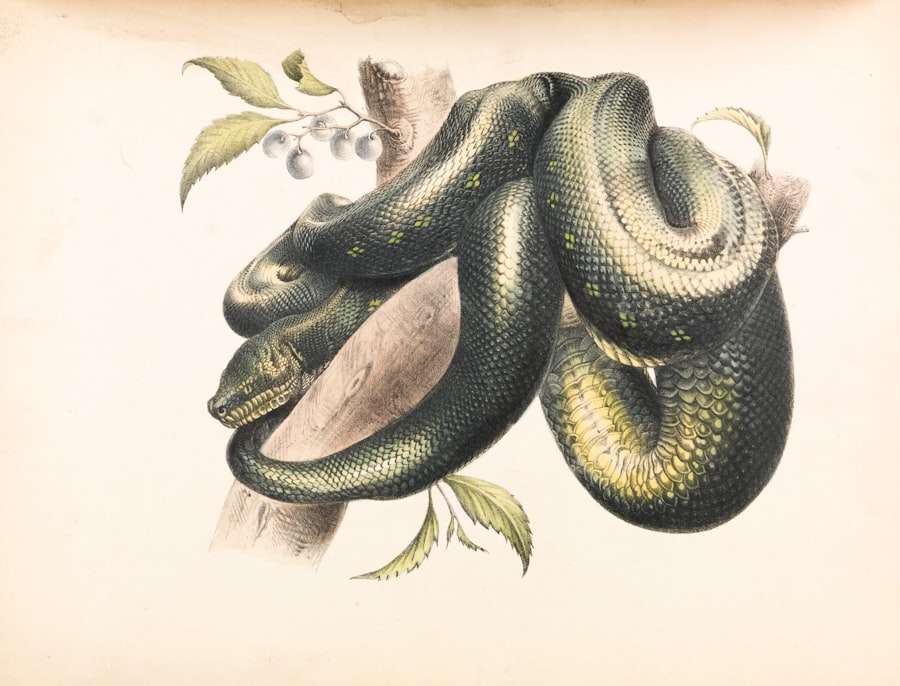How is the eagle symbol used in different cultural contexts?

The eagle is a large and formidable bird of prey that has held significant cultural importance throughout human history. Its physical characteristics, including a wingspan that can exceed 2 meters in some species, powerful talons, and exceptional visual acuity, have contributed to its reputation as a symbol of strength and freedom. Eagles possess the ability to fly at high altitudes, sometimes reaching heights of over 3,000 meters, which has led to their association with celestial elements in various belief systems.
The bird’s image has been widely utilized in artistic representations, literary works, and mythological narratives across diverse cultures. In modern times, the eagle continues to serve as a prominent symbol in national emblems, appearing on flags, coats of arms, and other official insignia of numerous countries. The widespread use and enduring symbolism of the eagle make it a subject of interest for researchers studying cultural symbolism and iconography across different societies and historical periods.
Key Takeaways
- The eagle is a powerful and revered symbol in various cultures around the world.
- In Native American culture, the eagle represents strength, courage, and wisdom.
- In ancient Greek and Roman mythology, the eagle is associated with the gods Zeus and Jupiter, symbolizing power and authority.
- The eagle is a prominent symbol in European heraldry and national symbols, often representing freedom and sovereignty.
- In Asian cultures, the eagle is seen as a symbol of strength, bravery, and protection.
The Eagle in Native American Culture
Spiritual Significance
The bald eagle, in particular, is considered a sacred bird in many Native American traditions and is often associated with the sun and the Creator. Its ability to soar high in the sky is seen as a representation of spiritual enlightenment and connection to the spirit world.
Symbolism and Strength
The eagle is also revered for its hunting prowess and is seen as a symbol of strength and protection. In some tribes, the eagle is believed to carry prayers to the heavens, making it an important intermediary between the physical and spiritual realms.
Enduring Legacy
The eagle’s significance in Native American culture is deeply rooted in tradition and continues to be honored and respected by many indigenous communities today.
The Eagle in Ancient Greek and Roman Mythology

In ancient Greek and Roman mythology, the eagle was associated with the gods and was often depicted as a symbol of power and authority. In Greek mythology, the eagle was the sacred bird of Zeus, the king of the gods, and was often depicted carrying his thunderbolts. The eagle was also associated with the god Apollo, who was often depicted with an eagle perched on his arm or shoulder.
In Roman mythology, the eagle was a symbol of Jupiter, the king of the gods, and was often depicted carrying a thunderbolt or scepter. The Roman legions also used the eagle as their standard, or emblem, which symbolized their strength, courage, and loyalty to the empire. The eagle’s association with the gods and its use as a symbol of power and authority in ancient Greek and Roman mythology has had a lasting impact on Western culture and continues to be an important emblem in heraldry and national symbols.
In ancient Greek and Roman mythology, the eagle was associated with the gods and was often depicted as a symbol of power and authority. In Greek mythology, the eagle was the sacred bird of Zeus, the king of the gods, and was often depicted carrying his thunderbolts. The eagle was also associated with the god Apollo, who was often depicted with an eagle perched on his arm or shoulder.
In Roman mythology, the eagle was a symbol of Jupiter, the king of the gods, and was often depicted carrying a thunderbolt or scepter. The Roman legions also used the eagle as their standard, or emblem, which symbolized their strength, courage, and loyalty to the empire. The eagle’s association with the gods and its use as a symbol of power and authority in ancient Greek and Roman mythology has had a lasting impact on Western culture and continues to be an important emblem in heraldry and national symbols.
The Eagle in European Heraldry and National Symbols
The eagle has been a prominent symbol in European heraldry for centuries and has been used as an emblem of power, nobility, and sovereignty. Many European royal families have incorporated the eagle into their coats of arms as a symbol of their authority and lineage. The double-headed eagle, in particular, has been used as a symbol of empire and dominion by various European powers throughout history.
It has been associated with the Holy Roman Empire, the Byzantine Empire, and the Russian Empire, among others. In addition to its use in heraldry, the eagle has also been adopted as a national symbol by many European countries. For example, the golden eagle is the national emblem of Germany, while the white-tailed eagle is the national bird of Poland.
The eagle’s association with power, strength, and nobility has made it a popular choice for national symbols across Europe. The eagle has been a prominent symbol in European heraldry for centuries and has been used as an emblem of power, nobility, and sovereignty. Many European royal families have incorporated the eagle into their coats of arms as a symbol of their authority and lineage.
The double-headed eagle, in particular, has been used as a symbol of empire and dominion by various European powers throughout history. It has been associated with the Holy Roman Empire, the Byzantine Empire, and the Russian Empire, among others. In addition to its use in heraldry, the eagle has also been adopted as a national symbol by many European countries.
For example, the golden eagle is the national emblem of Germany, while the white-tailed eagle is the national bird of Poland. The eagle’s association with power, strength, and nobility has made it a popular choice for national symbols across Europe.
The Eagle in Asian Cultures
In many Asian cultures, the eagle is revered as a symbol of strength, courage, and longevity. In Chinese mythology, the eagle is associated with immortality and is often depicted carrying a mythical creature known as the “three-legged crow,” which represents the sun. The eagle is also seen as a symbol of power and authority in Chinese culture and is often used to represent emperors and nobility.
In Japan, the eagle is known as “washi” and is considered a national symbol of strength and freedom. It is often depicted in traditional art forms such as paintings and woodblock prints as a representation of courage and resilience. In Central Asia, particularly among Turkic peoples, the golden eagle holds special significance as a symbol of power and prestige.
It is used in traditional falconry practices and is revered for its hunting prowess and majestic presence. The eagle’s symbolism in Asian cultures reflects its universal appeal as a creature of great strength and significance. In many Asian cultures, the eagle is revered as a symbol of strength, courage, and longevity.
In Chinese mythology, the eagle is associated with immortality and is often depicted carrying a mythical creature known as the “three-legged crow,” which represents the sun. The eagle is also seen as a symbol of power and authority in Chinese culture and is often used to represent emperors and nobility. In Japan, the eagle is known as “washi” and is considered a national symbol of strength and freedom.
It is often depicted in traditional art forms such as paintings and woodblock prints as a representation of courage and resilience. In Central Asia, particularly among Turkic peoples, the golden eagle holds special significance as a symbol of power and prestige. It is used in traditional falconry practices and is revered for its hunting prowess and majestic presence.
The eagle’s symbolism in Asian cultures reflects its universal appeal as a creature of great strength and significance.
The Eagle in African Cultures

The Eagle as a Symbol of Courage and Strength
Among some African tribes, such as the Maasai people of East Africa, the eagle is revered for its exceptional hunting skills and is seen as a symbol of courage and strength.
Association with Ancient Egyptian Mythology
In ancient Egyptian mythology, the eagle was associated with Horus, the god of kingship and sky. It was often depicted perched on Horus’ arm or shoulder as a symbol of protection and divine authority.
Universal Appeal and Spiritual Significance
The eagle’s symbolism in African cultures reflects its universal appeal as a creature of great spiritual significance. Its association with wisdom, vision, protection, courage, and strength has made it a revered and iconic figure in African traditions and folklore.
The Universal Symbolism of the Eagle
The symbolism of the eagle transcends cultural boundaries and has been revered by diverse societies throughout history for its representation of power, strength, freedom, courage, wisdom, spirituality, protection, longevity, authority, nobility, vision, resilience, hunting prowess, divine connection, immortality, kingship, sky symbolism among others . From Native American traditions to ancient Greek mythology to European heraldry to Asian cultures to African folklore ,the universal appeal of this majestic bird speaks to its enduring significance across different time periods ,cultures ,and belief systems .The symbolism attached to this magnificent bird continues to inspire awe ,respect ,and admiration across various societies around world .
FAQs
What is the significance of the eagle as a symbol in different cultures?
The eagle is often seen as a symbol of strength, courage, and freedom in many cultures around the world. It is also associated with power, leadership, and vision.
How is the eagle used as a symbol in Native American culture?
In Native American culture, the eagle is considered a sacred bird and is often seen as a symbol of great significance. It is believed to have a special connection to the spiritual world and is often used in ceremonies and rituals.
How is the eagle used as a symbol in American culture?
In American culture, the eagle is a symbol of freedom and independence. It is prominently featured on the Great Seal of the United States and is often used to represent the country as a whole.
How is the eagle used as a symbol in other cultures around the world?
In other cultures, the eagle is often seen as a symbol of power, strength, and protection. It is also associated with the sun and is sometimes used to represent the divine.
Are there any differences in the way the eagle is used as a symbol in different cultures?
While the eagle is generally seen as a symbol of strength and power in many cultures, the specific meanings and associations can vary from one culture to another. For example, in some cultures, the eagle may be associated with specific gods or deities, while in others it may be seen as a symbol of national pride.





